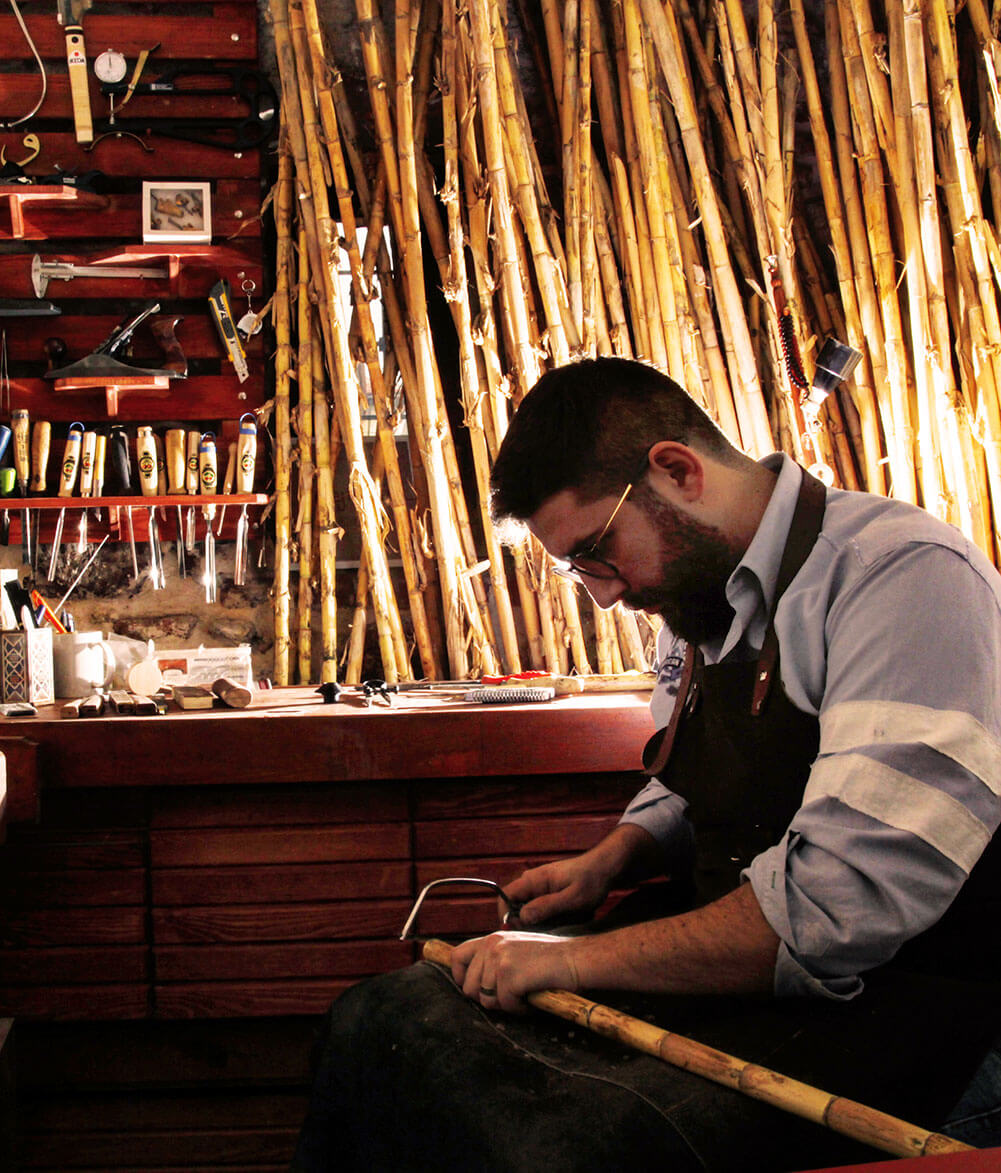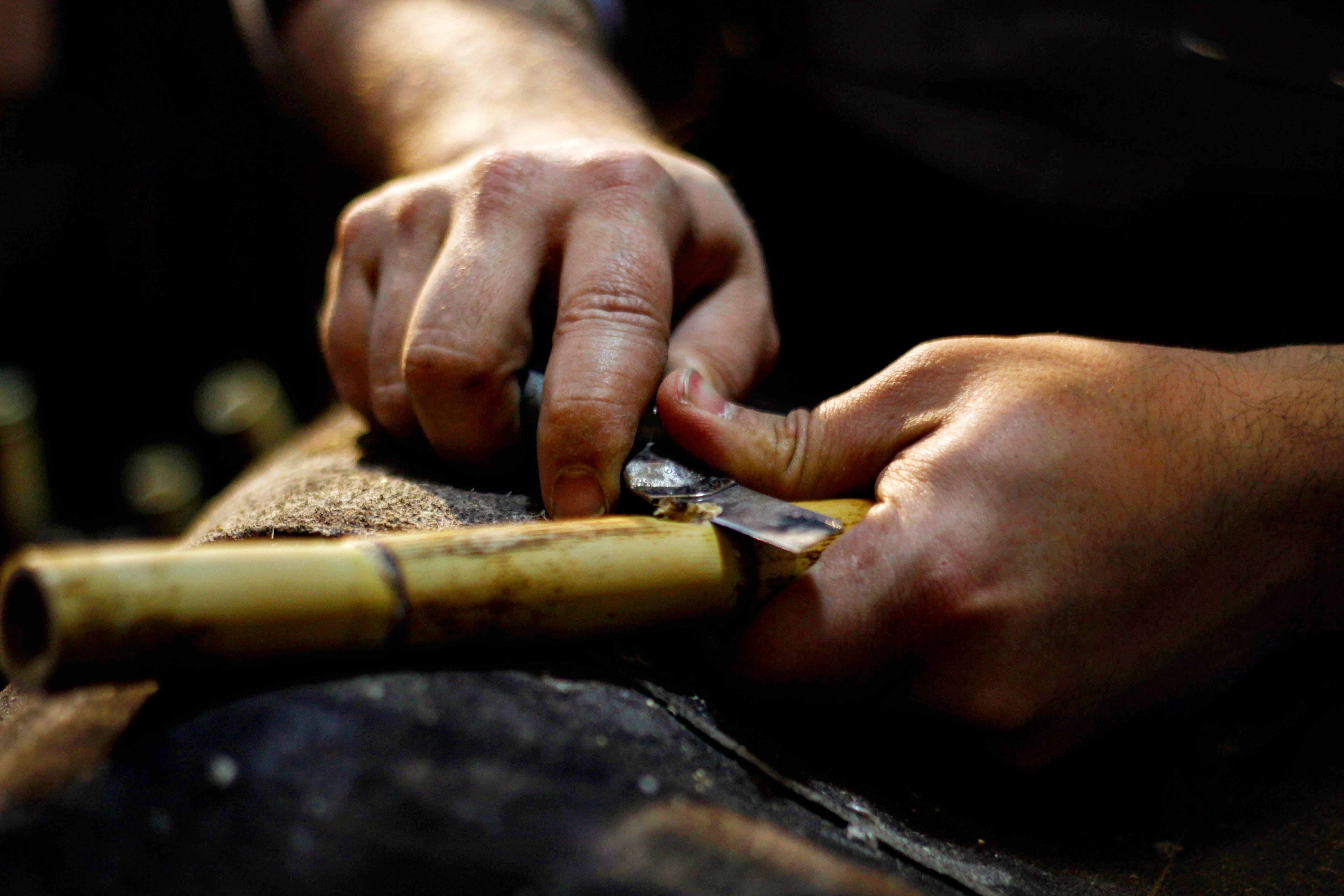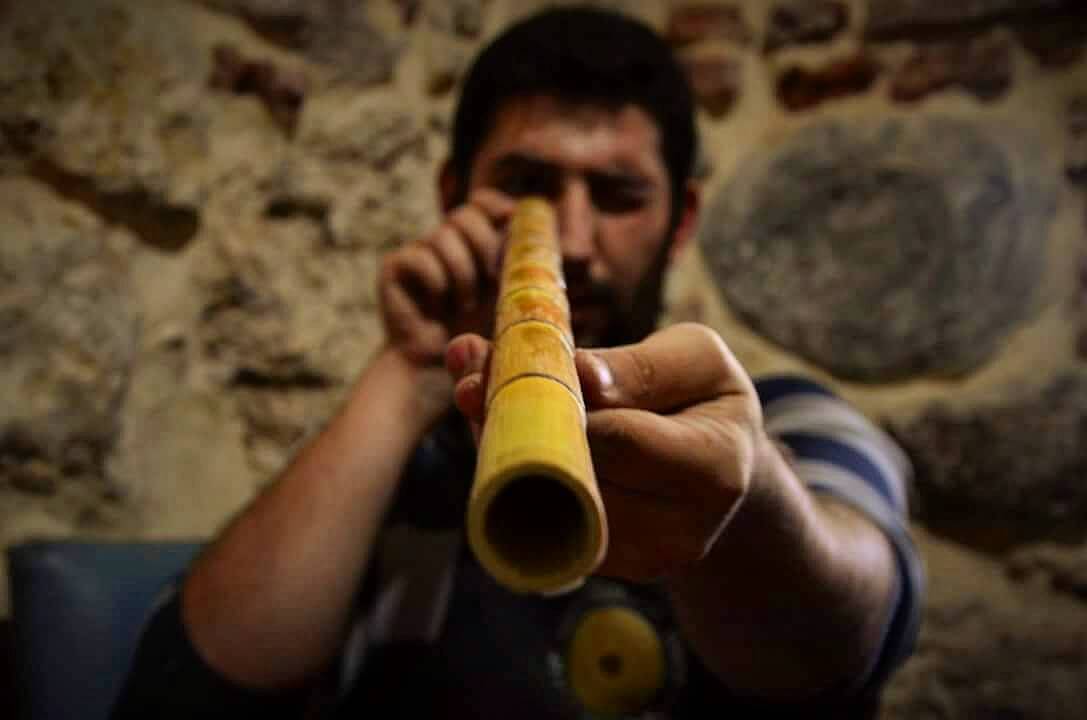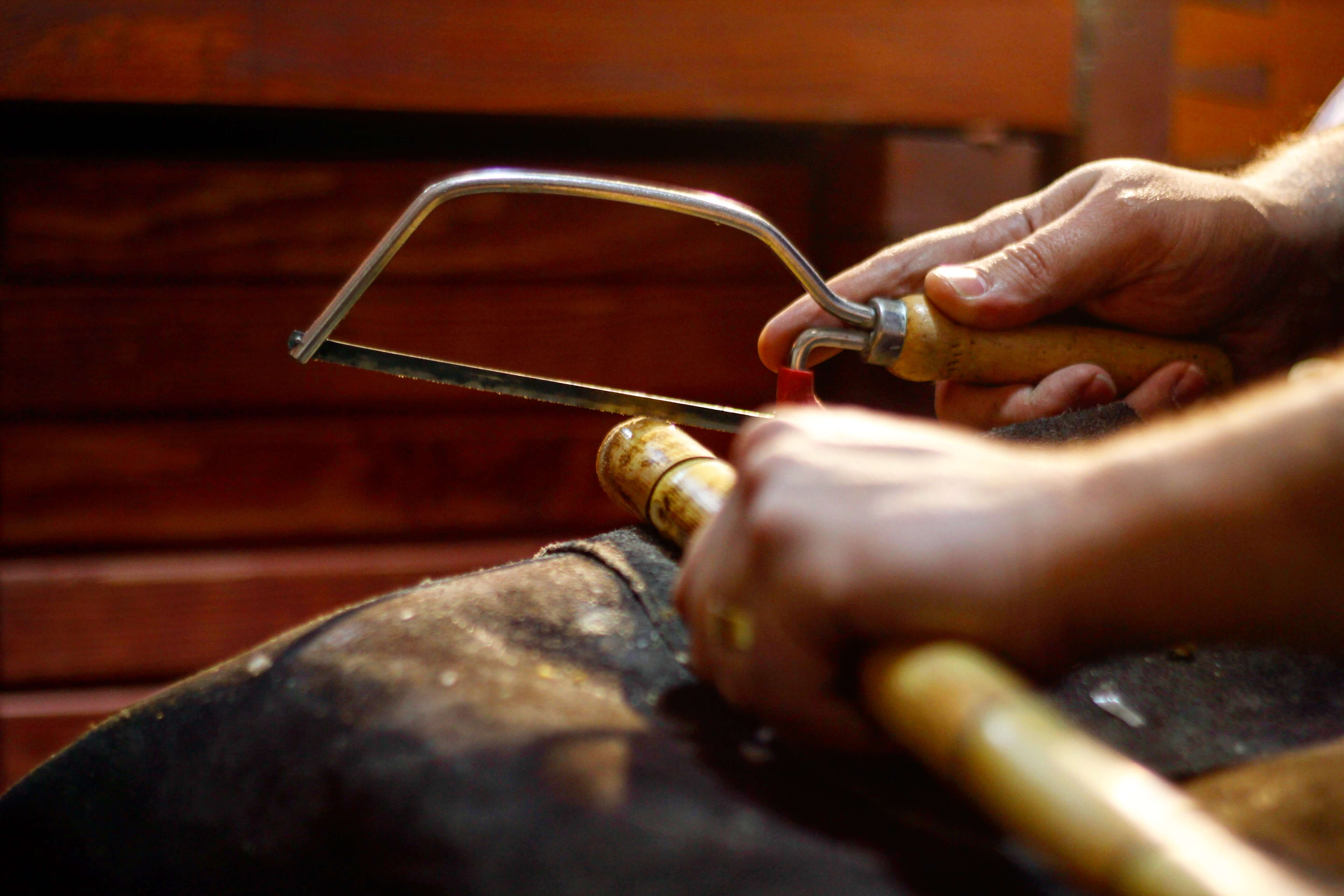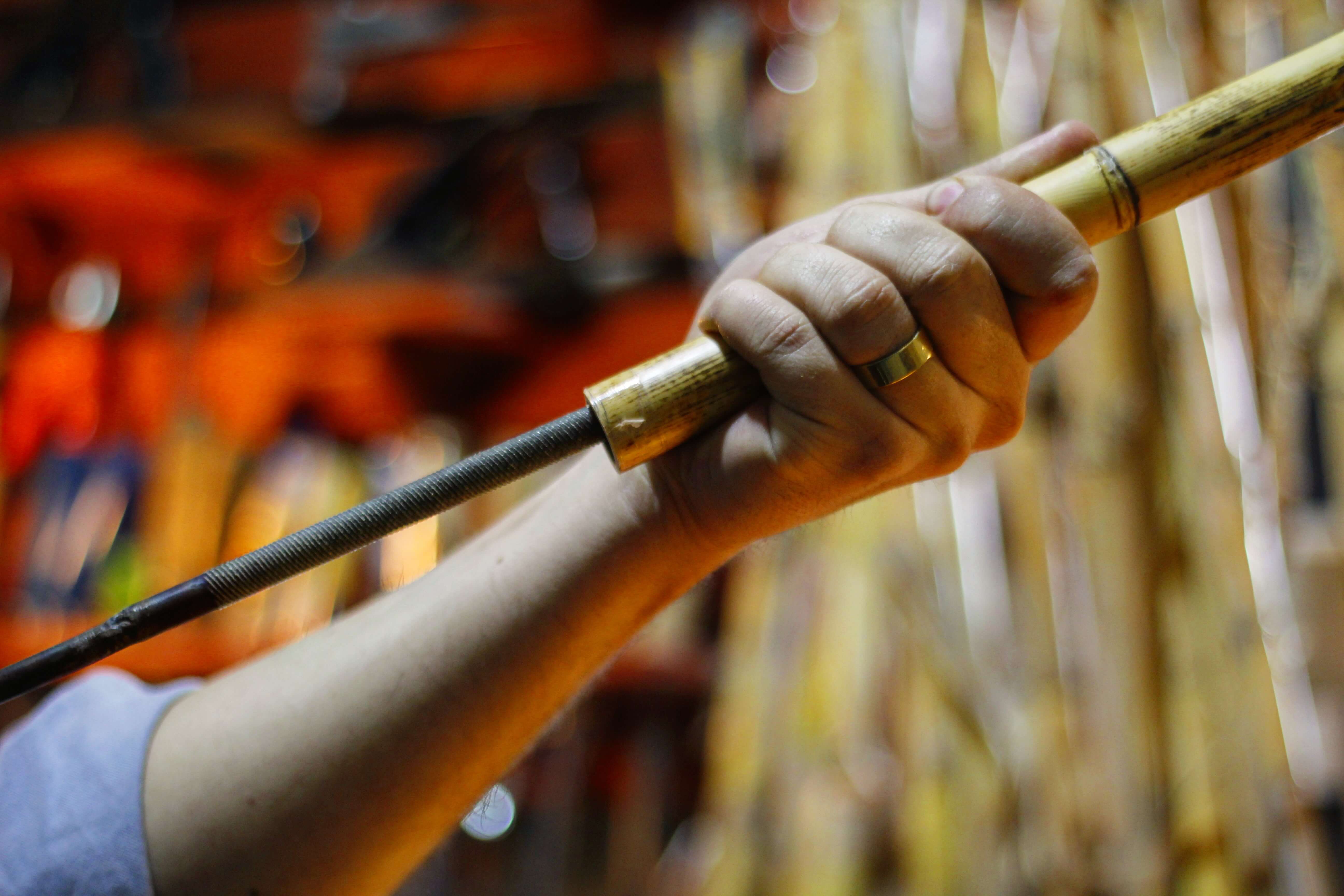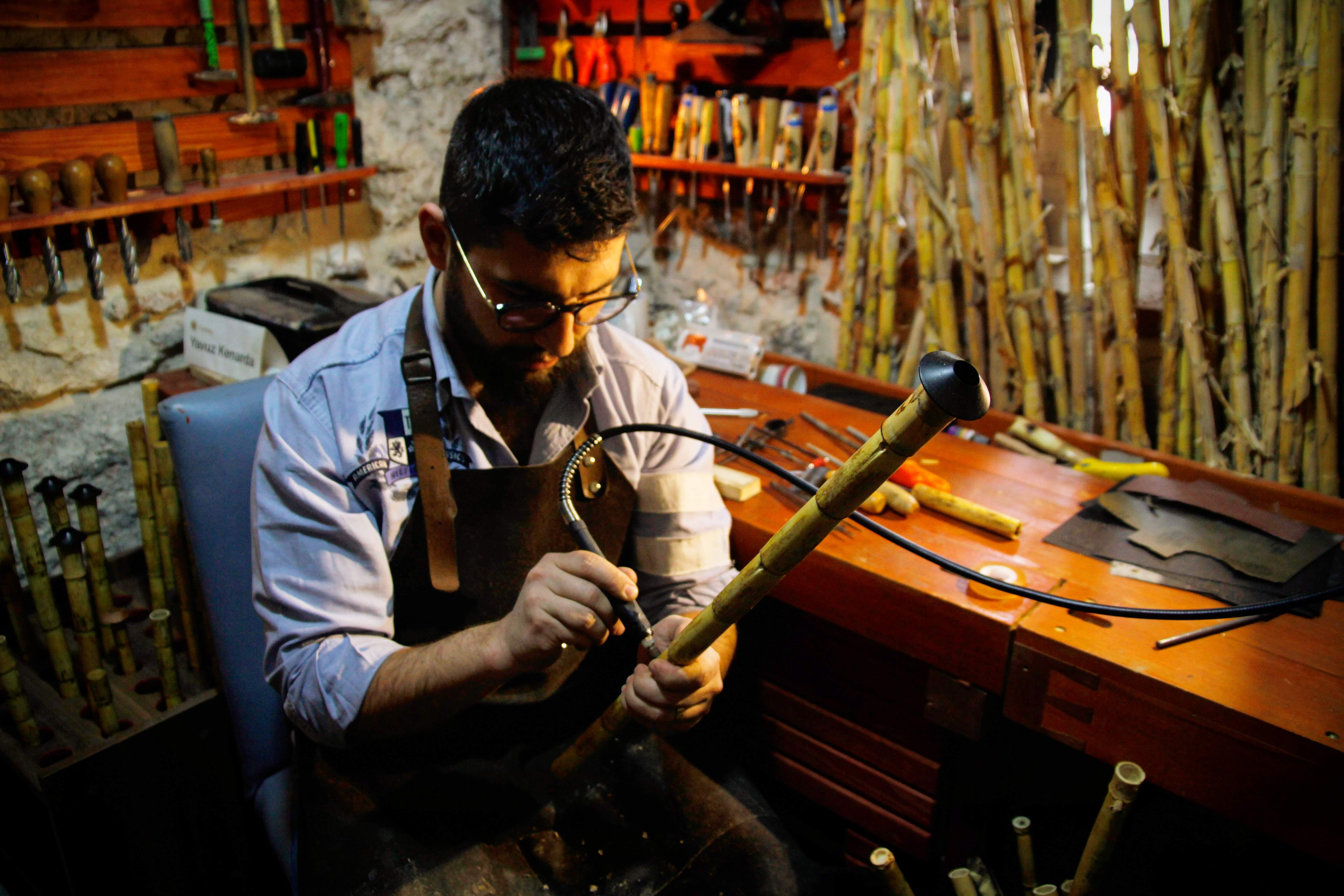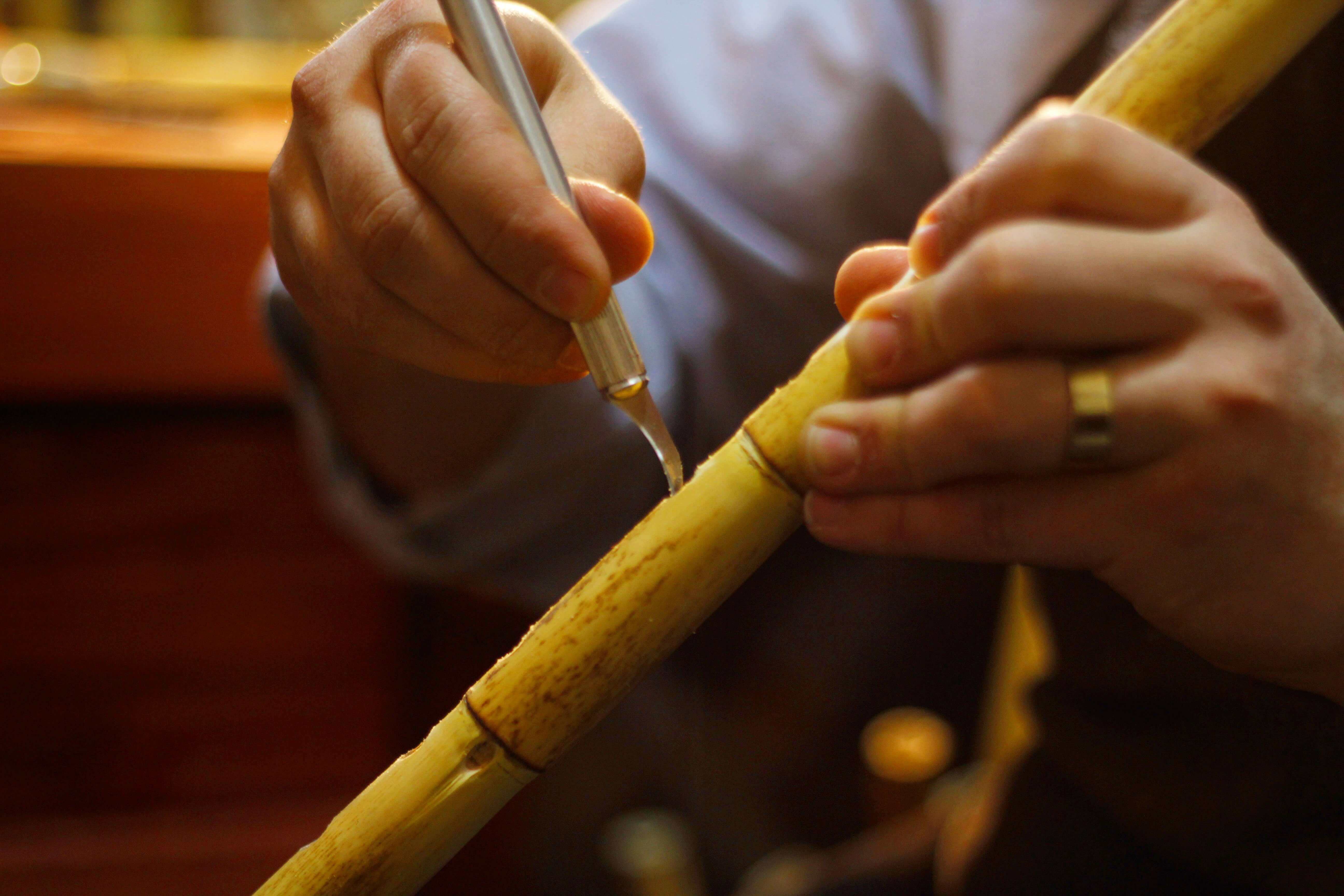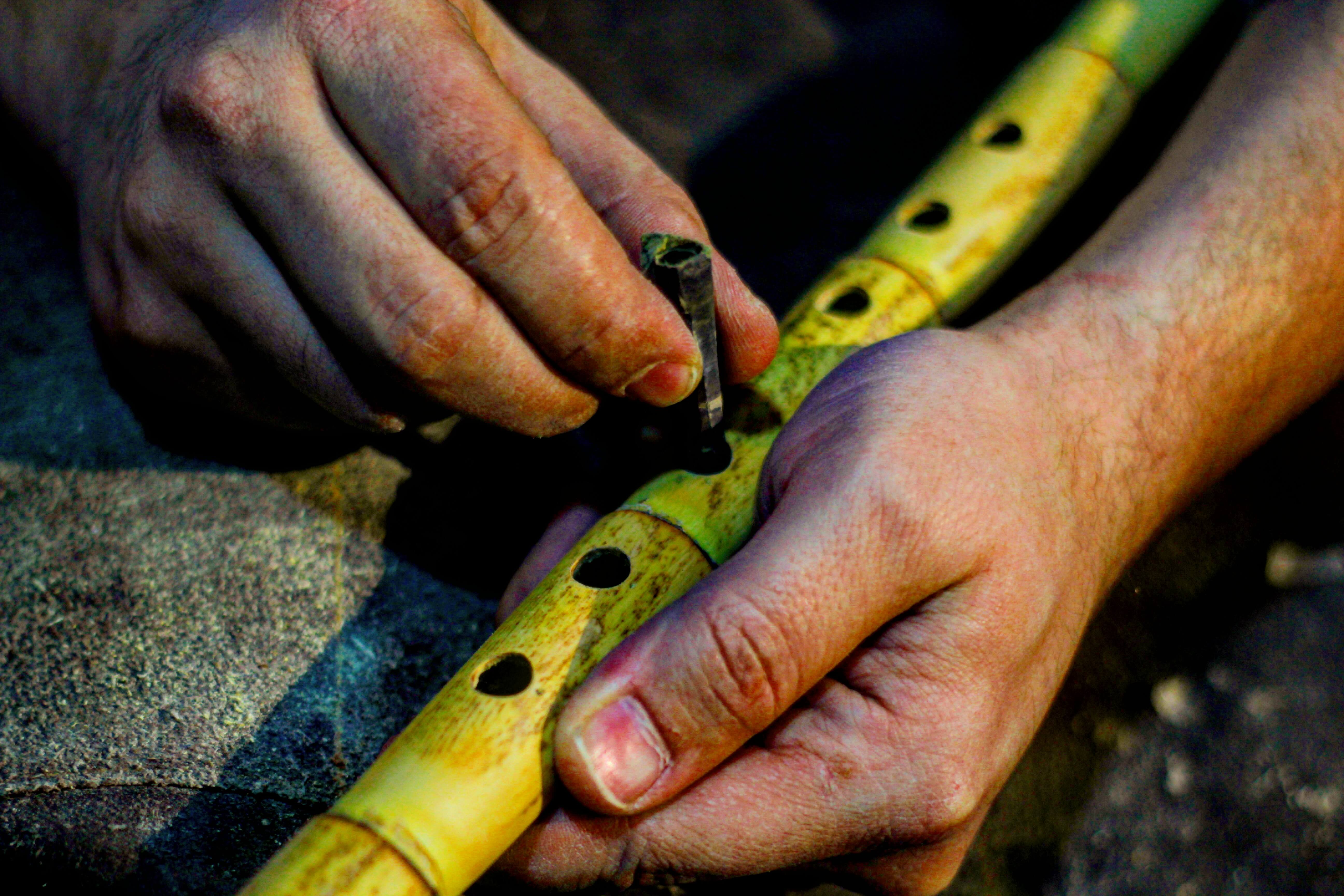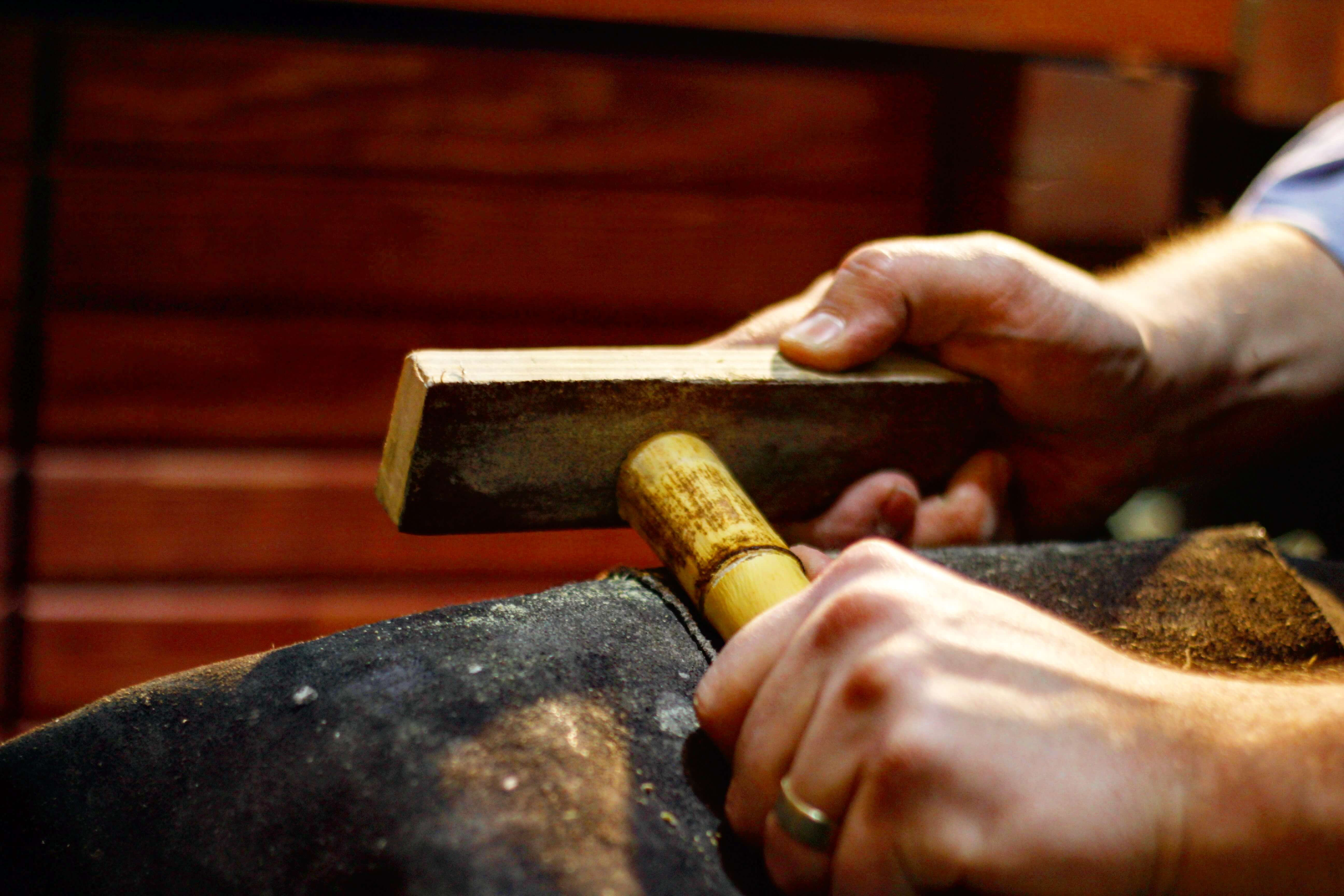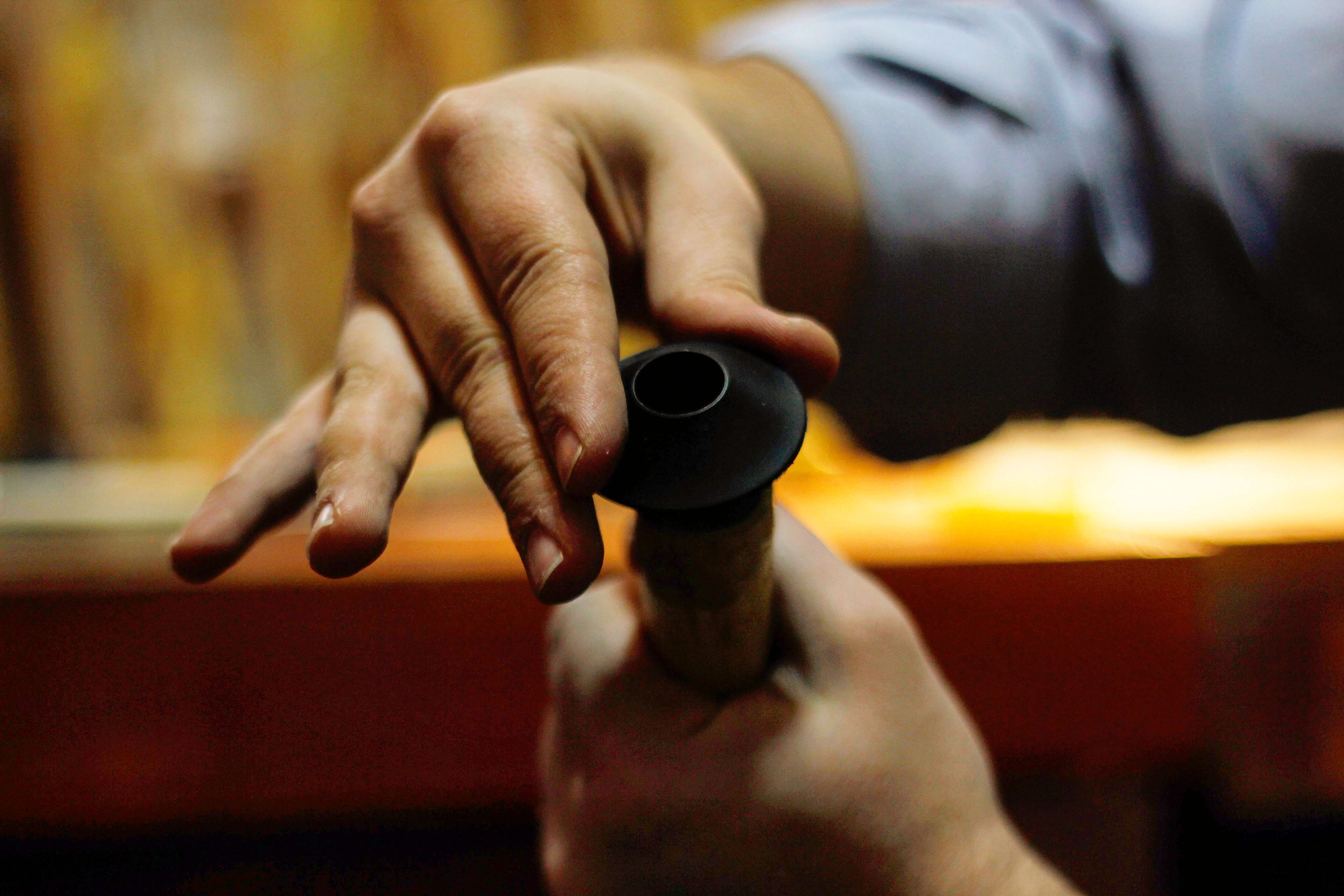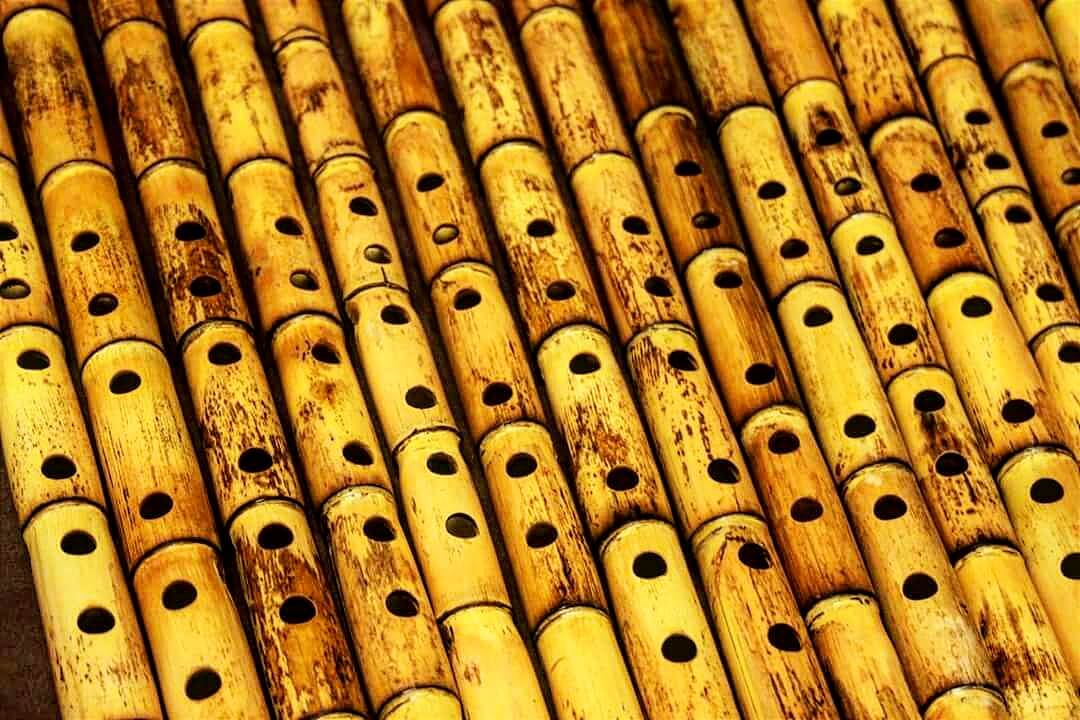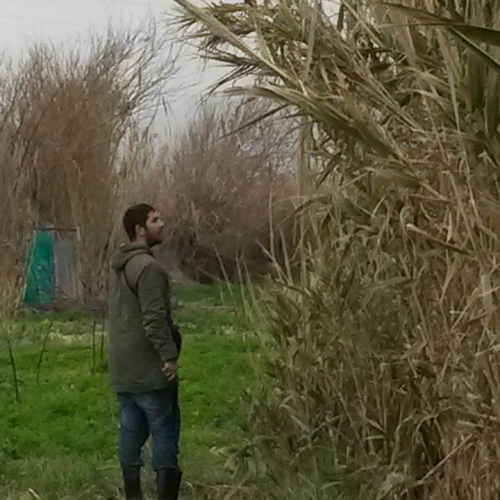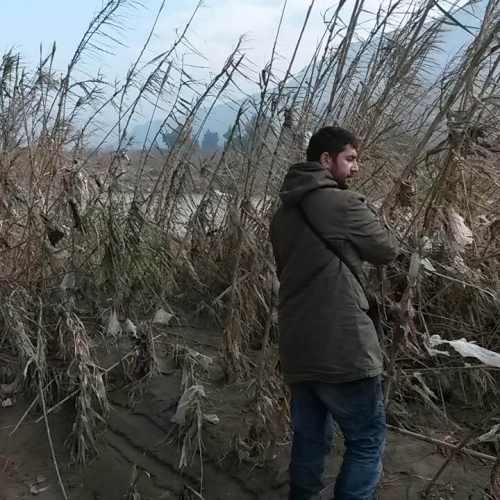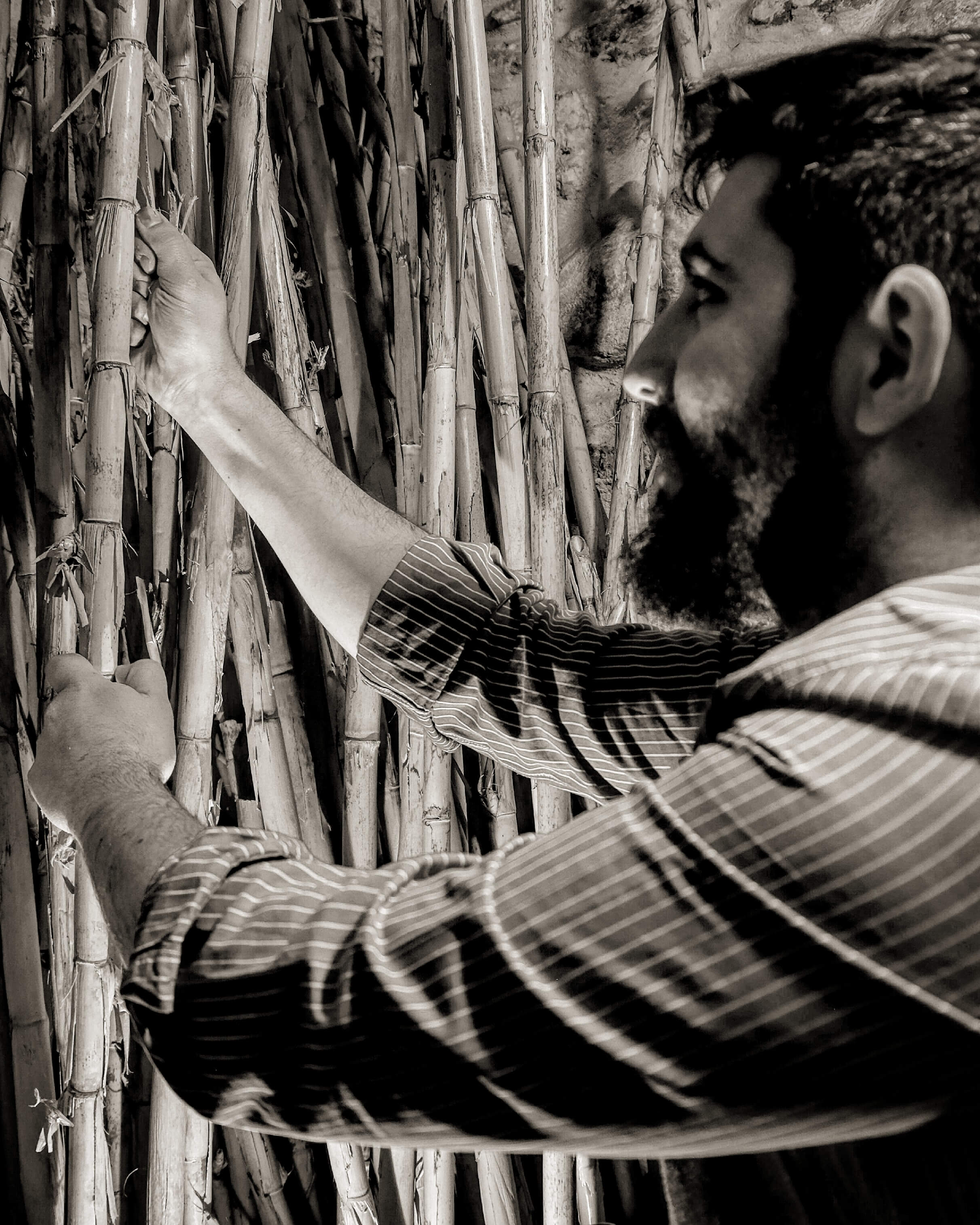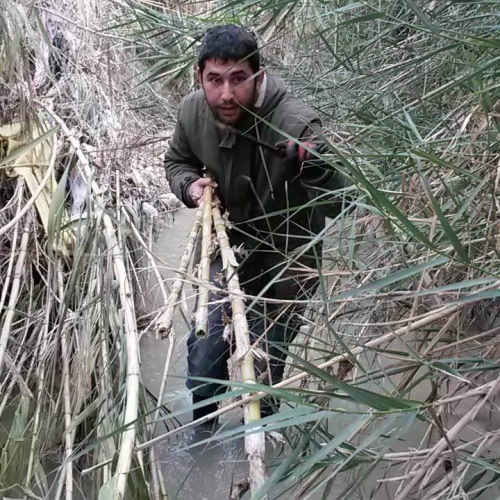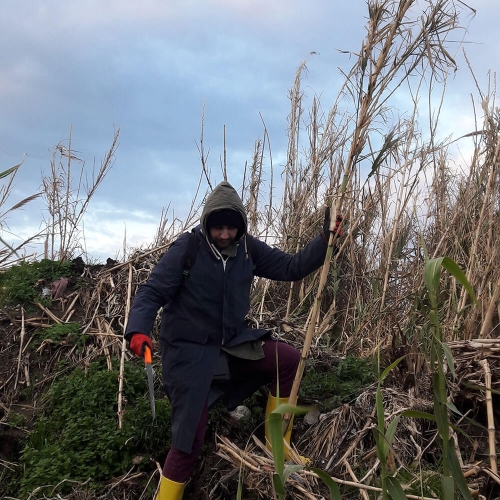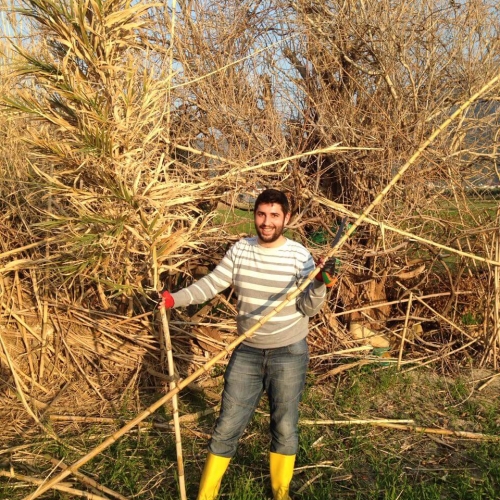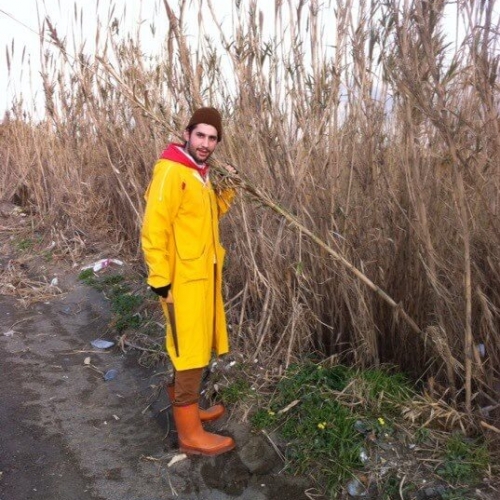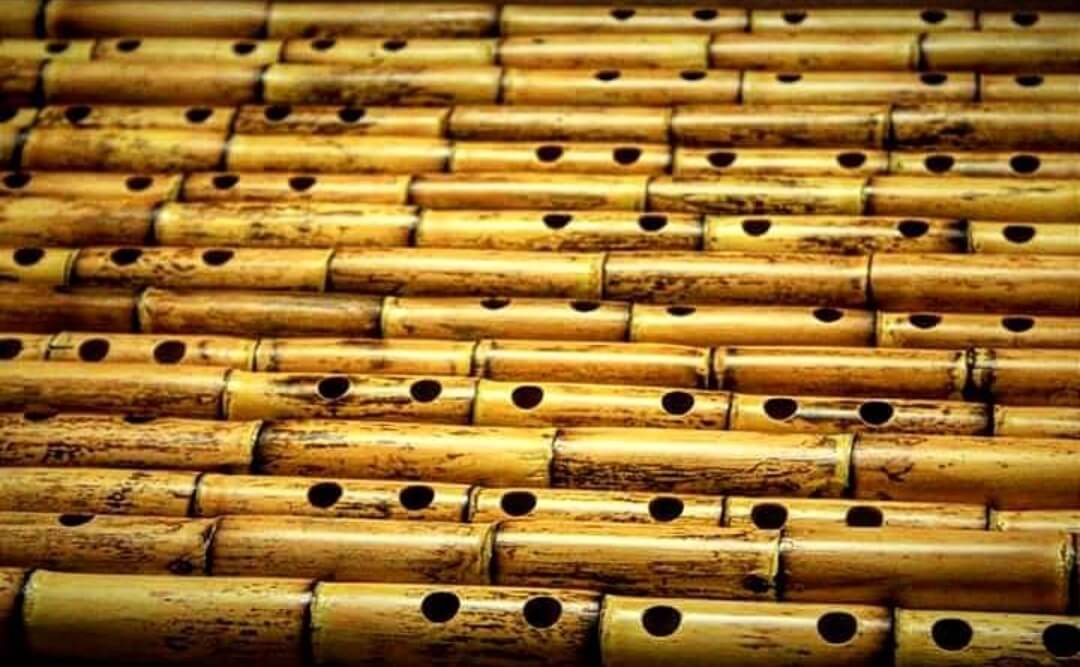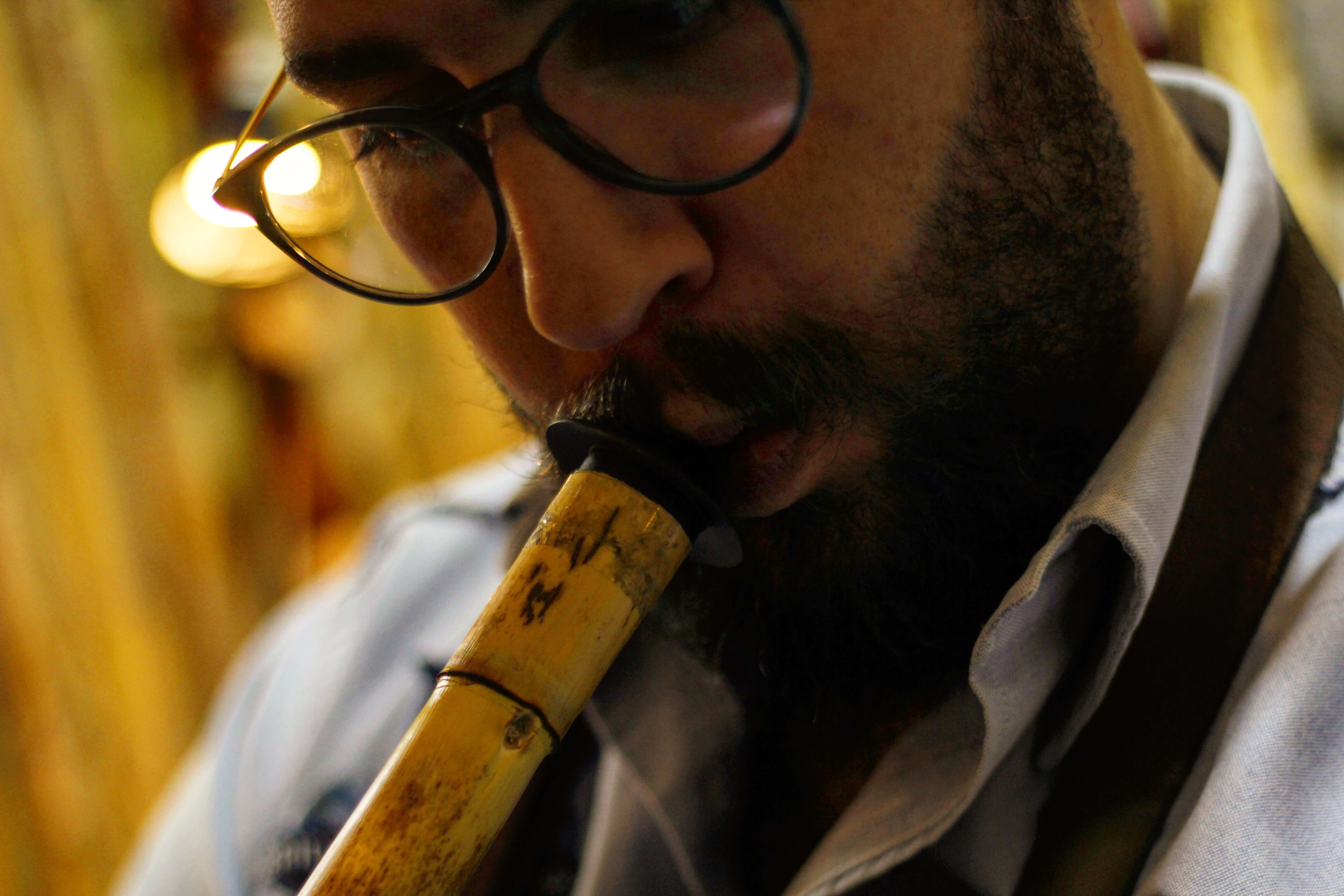NEY PRODUCTION
The reeds that we cut from the Hatay Samandağ region are ventilated in the shade and allowed to dry for at least for 2 years.
REED PRODUCTION
The dried reed is purified from its leaves and the areas curved by heat to be straightened.
REED PRODUCTION
The reed is shortened according to the length of the NEY to be made.
REED PRODUCTION
It is opened with long open tools, musical frets are calculated and opened on Ney accordingly
REED PRODUCTION
After the oil is lubricated the last Parazvanes are put on it and the last time the tuning is controlled and the back fret hole (Acem Aşiran) is opened according to the hand postion of Neyzen.
REED PRODUCTION
Our Neys are made by Hatay Samandağ reeds, frets are opened carefully and diligently and we are giving tuning and change guarantee.
REED PRODUCTION
REED PRODUCTION
REED PRODUCTION
REED PRODUCTION
REED PRODUCTION
REED CHOOSING
Many features are checked in selection period of a reed for Ney production. The most important of these are the fact that the reed must be at least 3-4 years old, the catching of at least 5-6 knots above the root, the proportions in the intervals of the joints, the smooth and bright of the walls and not being too curved . Today Neys are produced with reeds of 1-2 years old and 100-150 cm in length. However, these are so close to the root and wall tickness is too thick and the sound is very closed and the intonation problems are occurred between the sounds.
REED CHOOSHING
Rough indications are given in the sources about the lengths of the Ney. The differences in lenghts belong to the diameter, thickness of the stem, and the region. However, there is an important issue to be taken into consideration. For example, if we think about a “Kız Ney” is about 70 cm lenght; it is not enough to be a “Kız Ney” if only the 8 nodes and 9 pieces to be fit into 70 cm lenght. The volume should be very short and very long, the percussions must be in the middle of the nodule and the front beads should be too long. close or not in proportion to the distance should not be in the upper diameter and lower diameter proportions. Each year at the end of January we drive approximately 2500 km way to Hatay Samandağ, Turkey as the right place to cut off the reeds with the permission of God.
REED CUTTING
The rods should be cut at the end of January like the beginning of February for Ney production.
REED CUTTING
The first cuts do not complete the development in the cane and the water does not drain out, which causes the cane to crease while it is dry and can not be taken well because the thickness of the cane is too thick.
REED CUTTING
As the spring will be right at the end of the cut, the reed will be filled with water from the other and the new fidelites will cause imbalances between the bunches.
CONSULTANCY TO BE CONSIDERED WHILE BUYING A NEY
The reed itself should not have dried up, burned or dried in the sun. the black marks on the reed are marked with fire marks. If dried on the sun, the reed has a white color rather than yellow. If it is already age; you can often see places that are more green in their nodenecks.
There must be a proportion of the diameter of the cane to the different lengths. E.g; if we think about 70 cm long “Kız Ney”; when the upper diameter is 20-22mm, 30mm is more. But for the “Süpürde Ney” to 22mm sweep is normal, it is 25mm above the diameter. The “ Süpürde Ney” is nailless compared to ney fashidine; the pes (dem) sounds are difficult to make, the voices get harder and the volumes become too low; it causes the high-pitched sounds to be difficult and the person who blows must make more effort. It should be noted that if the upper diameter is 28 mm and the lower diameter is 20 mm, there may be entenment disturbances between the voices in the sound. A proportional reed should be preferred.
The distance and proportion between the knots and the fret is a relationship that very few of the ney producers take into account, and most Neyzens do not even know about it. The distance between the knots and the frets must be proportional. In addition, there is no requirement that the “Kız Ney” is suitable for the 70cm long, 8 nodes and 9 pieces. In order to be eligible; the frets must be centered on the knuckles, the back fret hole (overstrike) should be centered both in the middle of the what and the two knuckles.
In reed selection priority is to be for Hatay / Samandag and Syria Latakia regions (Aegean and Mediterranean regions are also included.) Definitely a guarantee of tuning and change must be provided without reason.
For the beginners usually “Kız Ney” is recommended to start but you should get a correct Ney according to your own physical measurements?
Money transfer should not be done without blowing your voice and getting approval from your Ney teacher.
Ney Care, Lubrication and Protection
Lubrication of Ney is not always beneficial and sometimes it can be harmful for Ney. There is a lot of information on the Internet and other sources about the lubrication of Ney but unfortunately many of them are not correct.
As Ney producers we first make lubrication on Ney when we produce it. This is usually done by depositing Ney into a tank filled with oil. In this first lubricant, the reed may actually have been taken oil will be enough for its whole life. Such a system is not used for after lubrications. When something dries up due to different reasons, half a glass of oil is put into the ney after it has been extracted, so that the inside of it can be reactivated. It is avoided that Ney is over-lubricated and what is lubricated outside. The reasons are; it causes the neck to be narrowed due to the excessive oil, which causes the ney to clog up after a few days and to gradually reduce the volume. Another harm is that if ney is constantly lubricated into a tank filled with oil, the excess lubricant will be exposed to the heavy oil outside of Ney, while the excess lubricant will gradually be removed, and the bright secret on the outer surface of Ney gradually disappears. Another reason is that an unnecessary weight is given to Ney.
It is greased when dry. The aim is not to crack the wax and make the sounds more comfortable. There is no time given to lubricate the Ney. Ney's institution; depending on the biological structure of the blower and the intensity of the blow, the area of the reed, and the climate characteristics of the place where the neyzen lives. For this reason, special perios of time like once a week or once a month can not be given for lubrication.
As oils, hazelnuts, almonds, sesame and corn oil, such as oils with low natural and acid ratio should be preferred.
Cleaning rod, brush, etc. Such things can not get into the Ney. Unaware of this can have small affects on Ney but they may cause great damages on tuning and intonation.
If the ney is left in an airless environment such as a bag because it is damp after it is blown, it causes mold.
Keep Ney away from hot and cold environments to avoid cracking. While the ney is being laid flat, the head rest should be left out and the wall should be blocked by fixing it with at least 3 supports while hanging on the wall.
It should be kept in mind that what is thick and strong looks like what is made from reed and that it is a friend / instrument in all of us.
